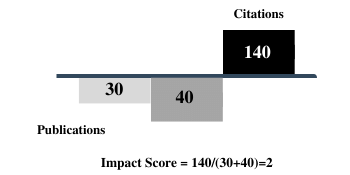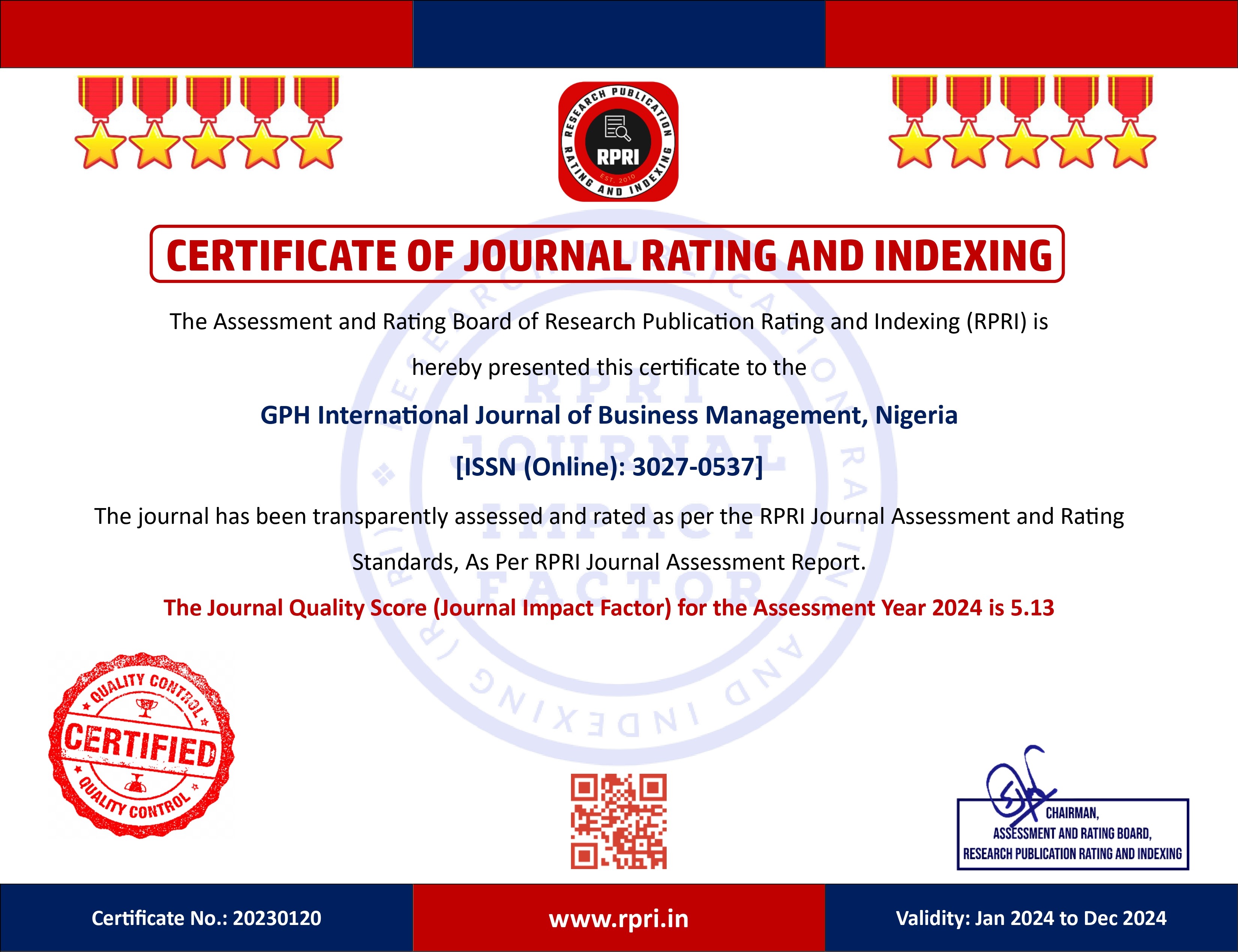Journal Impact Factor
What is Impact Score?
The impact score (IS), also denoted as Journal impact score (JIS), of an academic journal is a measure of the yearly average number of citations to recent articles published in that journal. It is based on Scopus data.
Impact Score is defined as the ratio of the number of citations a journal receives in the latest two years (Including the year of calculation) to the number of publications (published documents) of that Journal in those two years. It is calculated as Cites / Doc. (2years).
It helps to measure the relative importance of journals within particular areas and to compare the journals within the same areas. The higher the JIS, the better it is ranked. Typically, journals with more review articles or papers are able to achieve higher JIS.

How it is calculated?
For a given year, the Impact Score of a particular journal is the number of citations it receives in that year and previous 1 years, for documents published in the journal during that period (two years), divided by the total number of published documents in the journal during the same two-year period. Published documents can be conference papers, articles, book chapters, reviews, and data papers.
For example, if the Journal have the following citations and publications value:
Citations2018 = 80
Citations2017 = 60
Publications2018 = 30
Publications2017 = 40
IF2016= (80 + 60) / (30 + 40) = 2
This value of IS indicates that, on an average, the articles of "ABC" Journal published in the years 2017 and 2018 have approximately received 2 (two) citations each in the year of 2018.
It is important to note here that the 2018's IS is published in the year 2019. It cannot be computed until all publications in the previous year of 2018 are processed by the indexing agency.






















 Street. Viaductweg 186, City. Bruchem, State. Gelderland, Zip code 5314LK, Netherlands
Street. Viaductweg 186, City. Bruchem, State. Gelderland, Zip code 5314LK, Netherlands
 Chat with us on WhatsApp
Chat with us on WhatsApp